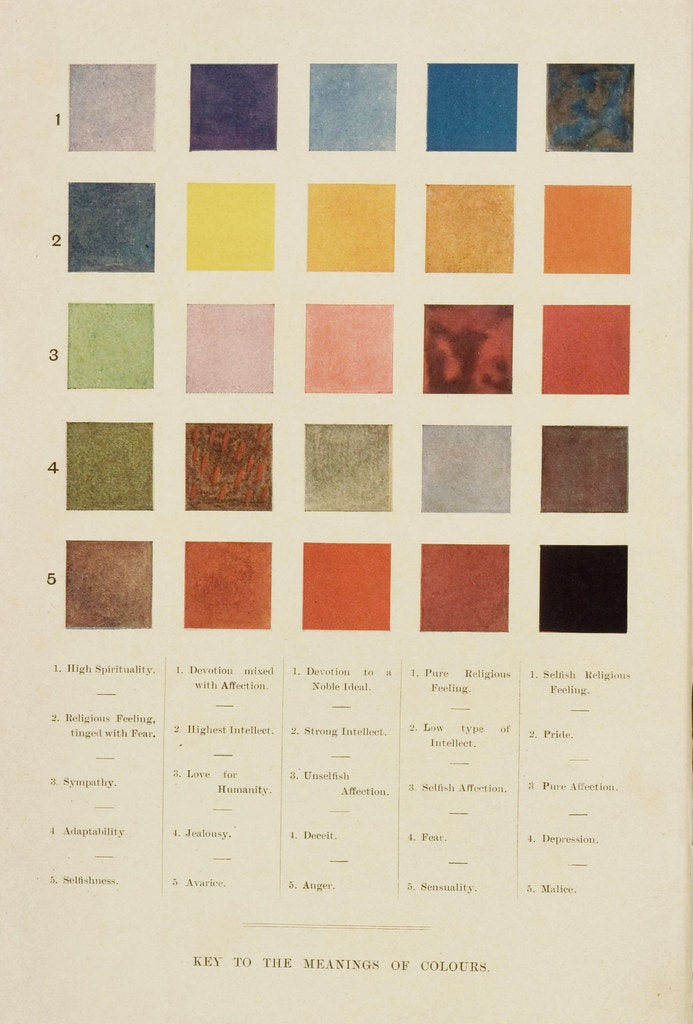The Power of Pink
- 2paperedwalls8
- Oct 31
- 2 min read

There is more to the colour pink than just a gender-reveal baby shower. Long before it became a symbol of modern femininity and playful design, pink was once the colour of power for kings, courtiers, and rebels. Over the years, pinks were not only used in art and fashion, but also to express views and rebellion.
During the Renaissance period, pink was adorned among the elite and religious figures. Artists also began to use pink explicitly. They described pink as a blend of Venetian Red and St. John’s White. By the 1700s, during the Rococo era, pink became associated with luxury, fashion, and interior design, exemplified by the paintings of Fragonard and Gainsborough. In the 19th century, European artists such as Monet and Degas began to incorporate bolder pinks into their work as Japanese aesthetic influences gained prominence.
In the 20th century, pink underwent rapid evolution in the art world; it was prominent in Fauvism but absent from male-dominated Surrealism and Abstract Expressionism, before flourishing in Pop Art (e.g., Warhol’s Marilyns). By the 1990s, pink was reclaimed as a mysterious, emotional force in contemporary art.
Today, pink has also taken a politicized role. It is now an “emancipated” colour with activist symbolism, seen in “pussyhats” at U.S. protest marches and the Gulabi Gang in India. It also reflects consumer trends. For example, the Korean photographer JeongMee Yoon’s critique of pink product saturation and Signe Pierce’s challenge to pink’s genderization. The recent surge in “millennial pink” reveals both a shift towards gender neutrality and an increase in consumerism. While the shade symbolizes openness and emotional connection, its popularity in products may ultimately threaten its cultural richness, prompting hopes that pink will transcend fleeting trends and maintain its complexity.
So, for those who are still stuck on the idea that pink is only for girls, let them know that this “light red” colour (something I love to say to my son) has a rich history and isn’t merely for girls.
References for the Article
Artsy, “A Brief History of the Color Pink” : Details on pink’s rise in the Renaissance, association with aristocracy in 18th-century Europe, and popularity among both men and women.



Comments